详细说明
Purity
>97%, by SDS-PAGE under reducing conditions and visualized by silver stain
Endotoxin Level
<0.01 EU per 1 μg of the protein by the LAL method.
Activity
Measured by its ability to induce calcium flux of prostaglandin E 2 treated THP‑1 human acute monocytic leukemia cells. Kurth, I. et al. (2001) J. Exp. Med. 194:855. 0.25 µg/mL of Recombinant Human CXCL14/BRAK can significantly induce calcium flux.
Source
E. coli-derived Ser35-Glu111
Accession #
N-terminal Sequence
AnalysisSer35
Predicted Molecular Mass
9.4 kDa
866-CX |
| |
Formulation Supplied as a 0.2 μm filtered solution in PBS. | ||
Shipping The product is shipped with dry ice or equivalent. Upon receipt, store it immediately at the temperature recommended below. | ||
Stability & Storage: Use a manual defrost freezer and avoid repeated freeze-thaw cycles.
|
Background: CXCL14/BRAK
CXCL14/BRAK (breast and kidney-expressed chemokine), also named MIP-2 gamma, KEC (kidney-expressed chemokine), and BMAC (B cell and monocyte-activating chemokine), is a member of CXC chemokine superfamily (1-5). The deduced 99 amino acid (aa) residue precursor has a 22 aa putative signal peptide that is cleaved to produce the 77 aa mature protein. Mature human and mouse CXCL14 differ by only 2 residues. Human CXCL14 shares approximately 30% aa sequence identity with MIP-2 alpha (GRO beta ) as well as MIP-2 beta (GRO gamma ). The gene for CXCL14 has been mapped human chromosome 5q31. Unlike the MIP-2 chemokines, CXCL14 lacks the ELR domain preceding the CXC motif. CXCL14 transcripts are constitutively expressed at high levels in the basal layer of epidermal keratinocytes and dermal fibroblasts of skin tissues as well as lamina propria cells in normal intestinal tissues. CXCL14 has been shown to be a highly selective chemoattractant for monocytes that have been treated with prostaglandin E 2 or forskolin, agents that activate adenylate cyclase. CXCL14 has been proposed to be important for regulating the trafficking of macrophage precursor to regions in skin and mucosal tissues that support their development. Consistent with this hypothesis, macrophages were frequently found to co-localize with CXCL14-producing cells in the dermis and lamina propria.
References:
Hromas, R. et al. (1999) Biochem. Biophys. Res. Commun. 255:703.
Cao, X. et al. (2000) J. Immunol. 165:2588.
Kurth, I. et al. (2001) J. Exp., Med. 194:855.
Frederick, M.J. et al. (2000) Am. J. Pathol. 156:1937.
Sleeman, M.A. et al. (2000) Int. Immunol. 12:677.
Entrez Gene IDs:
9547 (Human); 57266 (Mouse)
Alternate Names:
BMAC; Bolekine; BRAK; BRAKKEC; chemokine (C-X-C motif) ligand 14; Chemokine BRAK; CXCL14; CXC-X3; member 14 (BRAK); MIP-2 gamma; MIP2G; MIP-2G; NJACKec; SCYB14MGC10687; Small-inducible cytokine B14







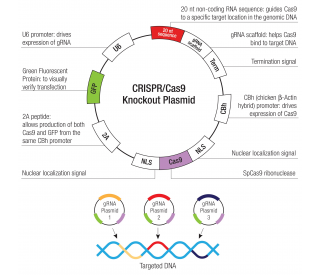
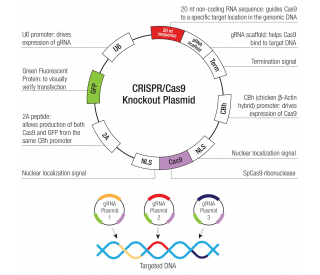
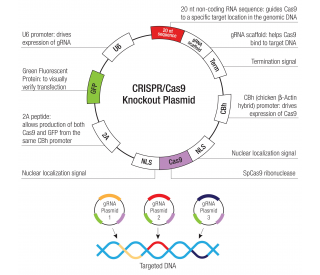
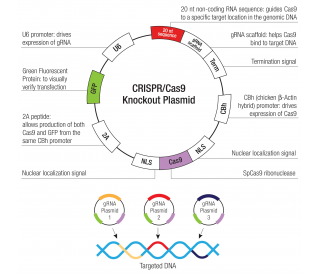
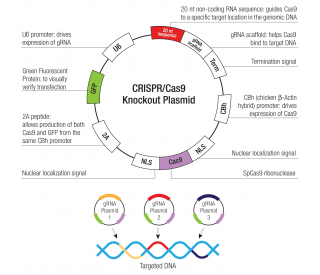
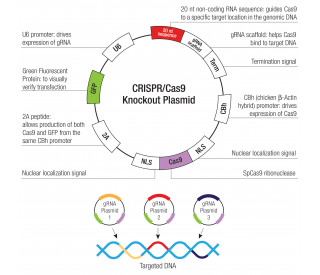



 粤公网安备44196802000105号
粤公网安备44196802000105号